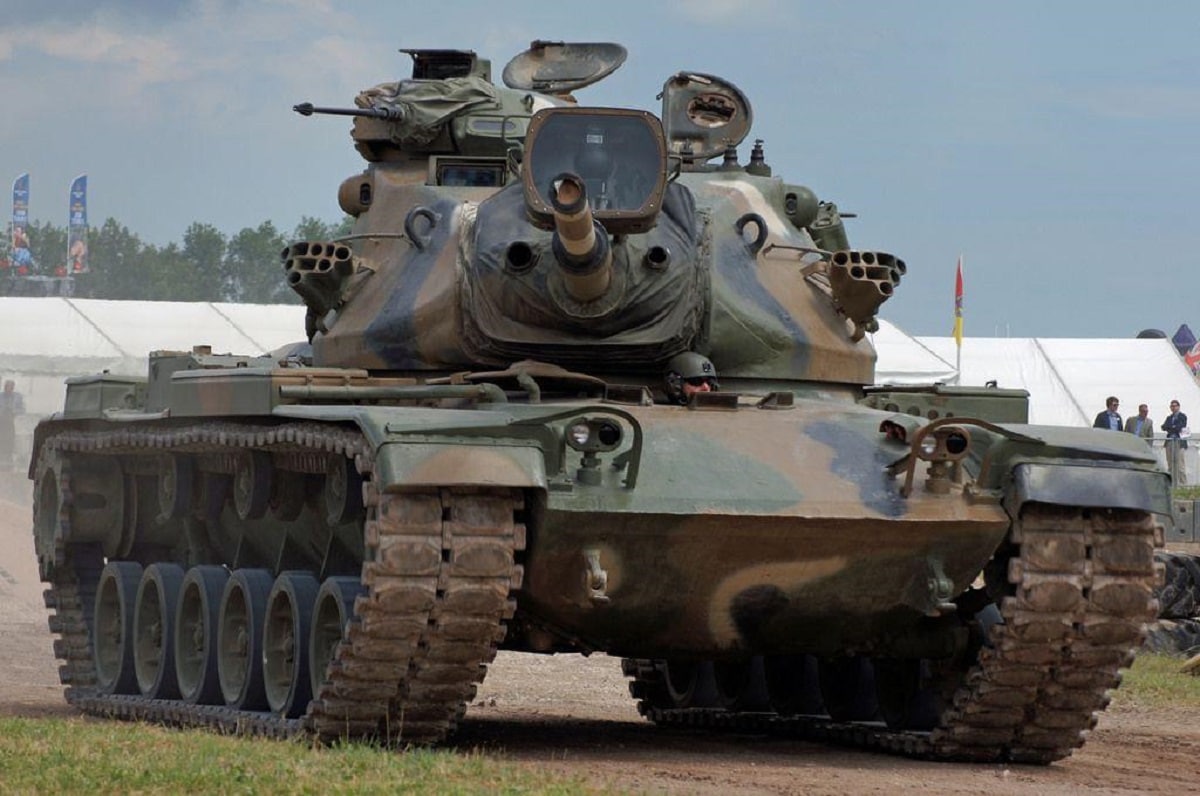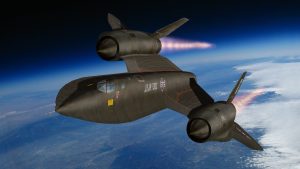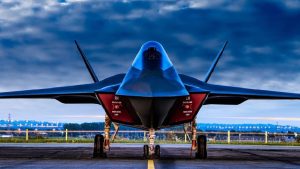It’s been 60 years since the first M60 Patton left the factory. The M60, which was hastily developed, has undergone continuous improvement for decades.

Image: Creative Commons.
“Due to several upgrades, the M60 Patton is still used on every continent. The United States knew it was losing the tank race to the Soviet Union during the Korean War. America hurried to catch up. As a result, sixty years ago, the first Patton left the assembly line. Due to time constraints, the M60’s design skipped over standard procedures for development and verification.
The end product, a second-generation tank in its sixth decade of service, was poorly tested and had minor flaws. Notwithstanding these drawbacks, the M60 had extensive combat service and achieved notable success in numerous wars.
The M60 Patton was first used in battle by the Israeli Defense Forces during the Yom Kippur War in 1973 and then in the Lebanon War in 1982. During Operation Urgent Fury, the conquest of Grenada, American soldiers deployed their tanks for the first time. U.S. forces quickly conquered Grenada.
During Operation Desert Storm, they put M60 through its paces for the first time. This conflict included two of the largest tank fights in history, the Battle of Medina Ridge and the Battle of Norfolk. U.S. Marines used the M60 in Desert Storm, responsible for destroying 100 enemy tanks while suffering only a single loss. On the other hand, by the time of Desert Storm, the M1 Abrams was America’s primary tank. When it drove Saddam Hussein out of Kuwait, the United States pulled the M60 from active duty. Also, the National Guard stopped using the M60 in 1997, marking the end of the M60’s four-decade-long stint as a staple of the American cavalry. Yet the M60 continues to exist. It has been 25 years since the United States last used this brand, but 17 other countries still have improved variants.
The M60 is still useful in the modern era because of its sturdy construction and wide range of compatible upgrades.
There are still two versions today: the M60A1 and the M60A3. With more than a thousand M60s still in operation, Egypt boasts the largest fleet of its kind in the world.
As an example of how modern militaries have modified their 1950s-era Pattons, Turkey, which has the second-largest fleet of M60s in the world, uses a substantially revised version of the M60A1 (also known as the Sabra Mk II).
The primary gun on the Turkish Sabra Mk II, the IMI MG252, is an Israeli L44 smoothbore cannon fused onto an M60 turret. Composite and explosive reactive-armour modules protect the turret and hull of the modernised Sabra. Turkey plans to improve their M60s by installing laser warning receivers, a retractable mast with optics for area surveillance, and a remote weapon station. There is no doubt that Turkey sees the M60 as a system with future utility, particularly along its border with Syria.
Similarly, Jordan is modernising its M60s. The M60s, 25 years older than the Challenger Is they’ve been using up until now, are being kept in service by Jordan, although the British-made Challenger Is are being phased out.
There is a thriving upgrade market for the M60 because it is still in use in 17 countries. These 17 countries include the Kingdom of Saudi Arabia, Thailand, Taiwan, and Greece. Raytheon and Leonardo have released improvements to the M60, making them more marketable for longer service periods. Which can outfit The ship with a smoothbore main cannon measuring 120 millimetres, upgraded engines, bolstered armour, and a modern computerised fire-control system. An Hippolite remote weapons station has been installed atop the turret as part of Leonardo’s upgrade package.
To upgrade a car that is sixty years old is, of course, a stopgap fix. You can only keep using an M60 for a while. Unfortunately, the M60, a product of the Eisenhower administration, will continue to deal with twenty-first-century wars by nations needing more finance for the foreseeable future.

M60 Tank. Image Credit: Creative Commons.






